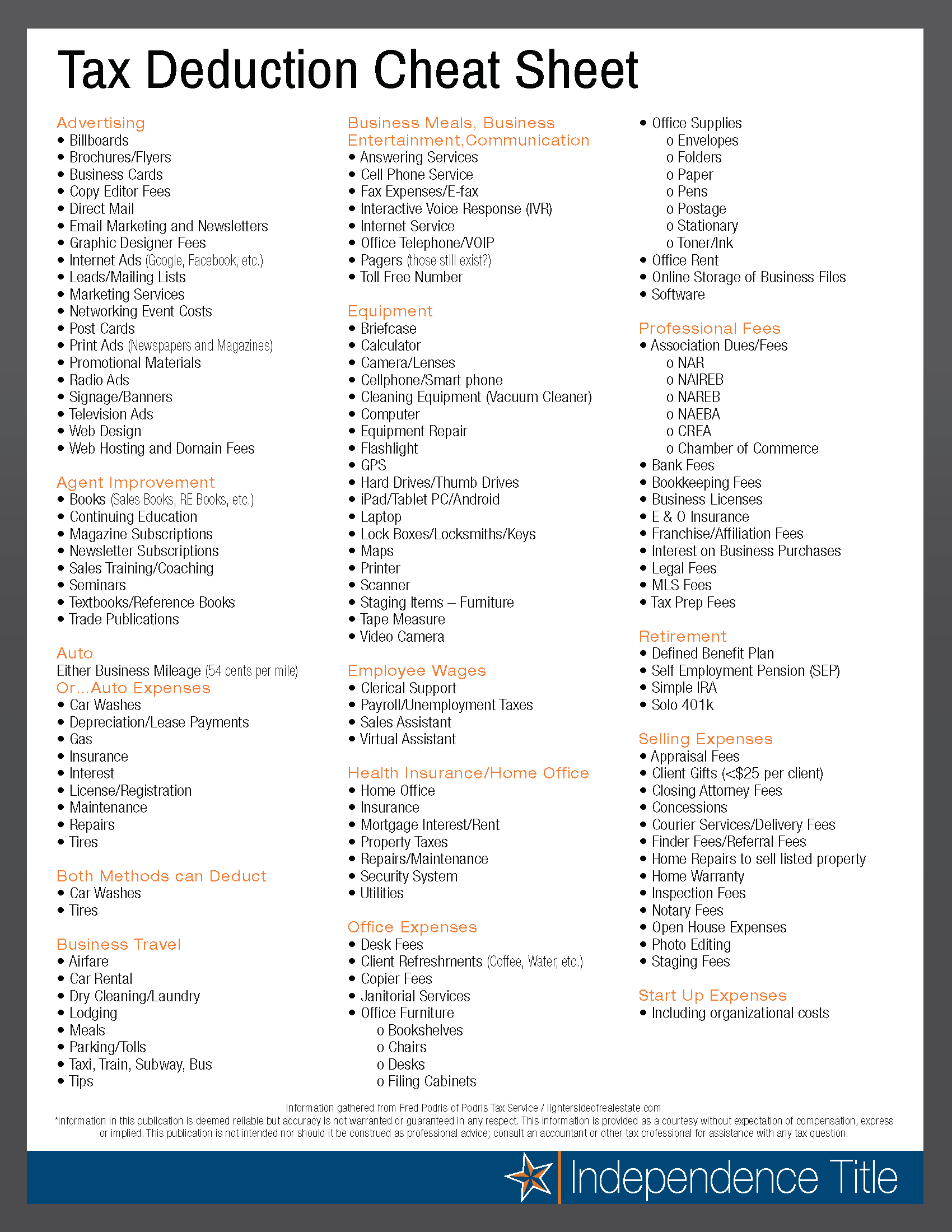

The $10,000 cap on the deduction for state and local taxes paid has had a double impact on those who are subject to it. How has the SALT deduction limit affected the property tax deduction? For the remainder, the incentive has disappeared because they receive the same tax deduction whether they rent a home or own one. This has resulted in the tax incentive effect of the itemized deduction being lost for all but the 10 percent or so who itemize their deductions. The result of the huge increase in the standard deduction is that most tax filers effectively enjoy the benefit of the property tax deduction even if they paid little or no actual property tax. In relation to the property tax deduction, the proportion of filers who claimed the deduction sank from 26 percent in 2017 to just 10 percent in 2018. In fact, the portion of tax filers who itemized dropped from about one in three in 2017 to about one in ten in 2018, which is the first year in which the higher standard deduction was in effect. The Tax Cuts and Jobs Act nearly doubled the amount of the standard deduction, which greatly decreased the number of tax filers whose actual deductions exceeded the standard amount. If the actual amount of deductions is lower than the standard amount, taxpayers are better off claiming the higher standard amount. The impact of the standard deduction is that only if a tax filer’s actual amount of deductions is higher than the standard deduction would he or she itemize. The standard deduction grants every taxpayer a certain assumed amount of deductions that are available to reduce their taxable income, even if the taxpayer did not incur the deduction. However, in order to reduce the burden of recordkeeping on taxpayers, Congress in 1944 created the standard deduction. The modern income tax has always allowed certain deductions including state and local taxes and certain interest paid. How has the increased standard deduction affected the deductibility of property taxes? This includes property taxes as well as state or local income taxes or sales taxes. However, the Tax Cuts and Jobs Act of 2017 limits the deduction of all state and local taxes (SALT) to $10,000 per year for tax years 2018 through 2025.

#2017 TAX WRITE OFFS CODE#
Since the inception of the modern Internal Revenue Code in 1913, our federal tax law has allowed a deduction for property taxes paid.

The tax almost always equals a percentage of the taxable value of the property. This kind of tax is mostly imposed by local taxing jurisdictions, such as counties, municipalities, townships, or school or other special districts. Government entities in all 50 states (and the District of Columbia) levy a tax on real property. Combined with the deduction for mortgage interest, which is also available only for those who can itemize, the property tax deduction can significantly reduce the cost of buying and owning a home.Īccording to the IRS, the average real property tax deduction claimed for tax year 2018 was just over $6,800. Homeowners who itemize their deductions can claim a deduction for real property taxes paid on their home.


 0 kommentar(er)
0 kommentar(er)
